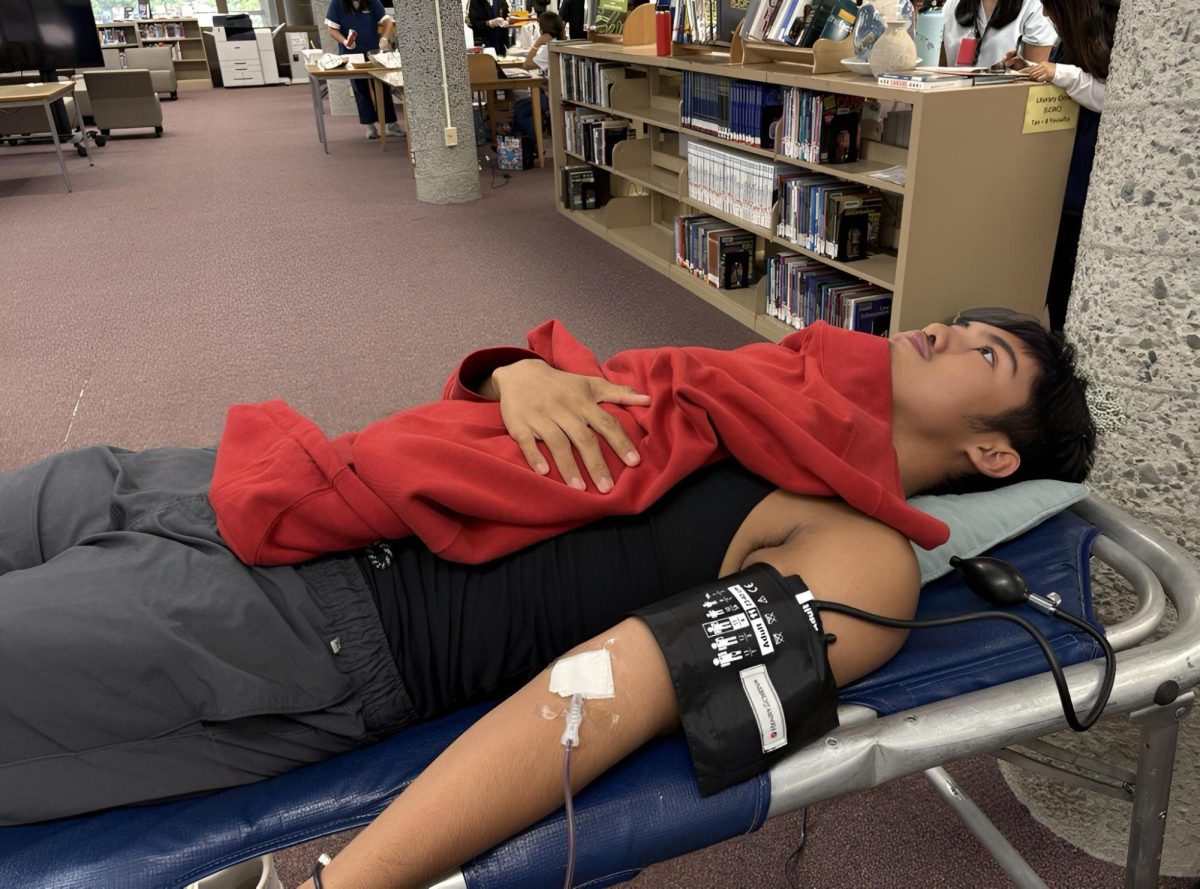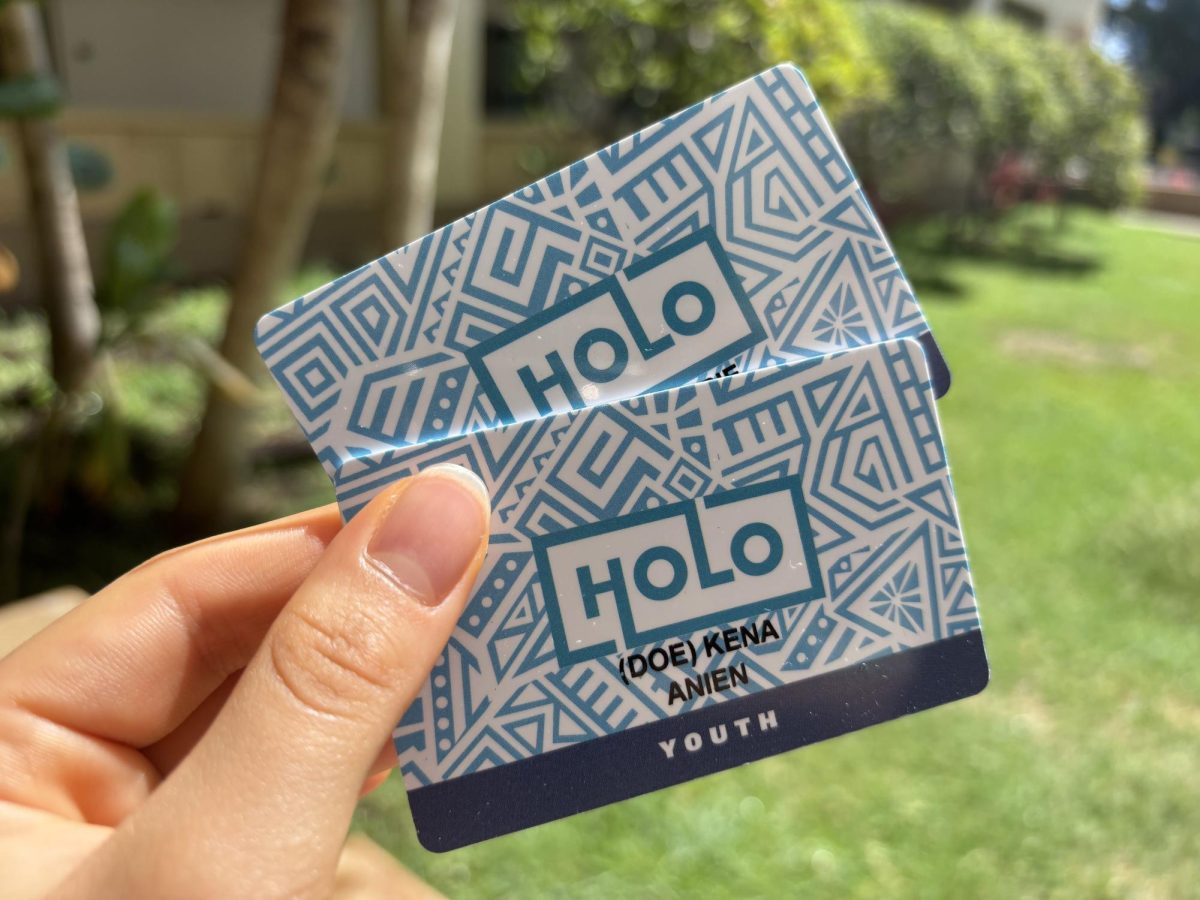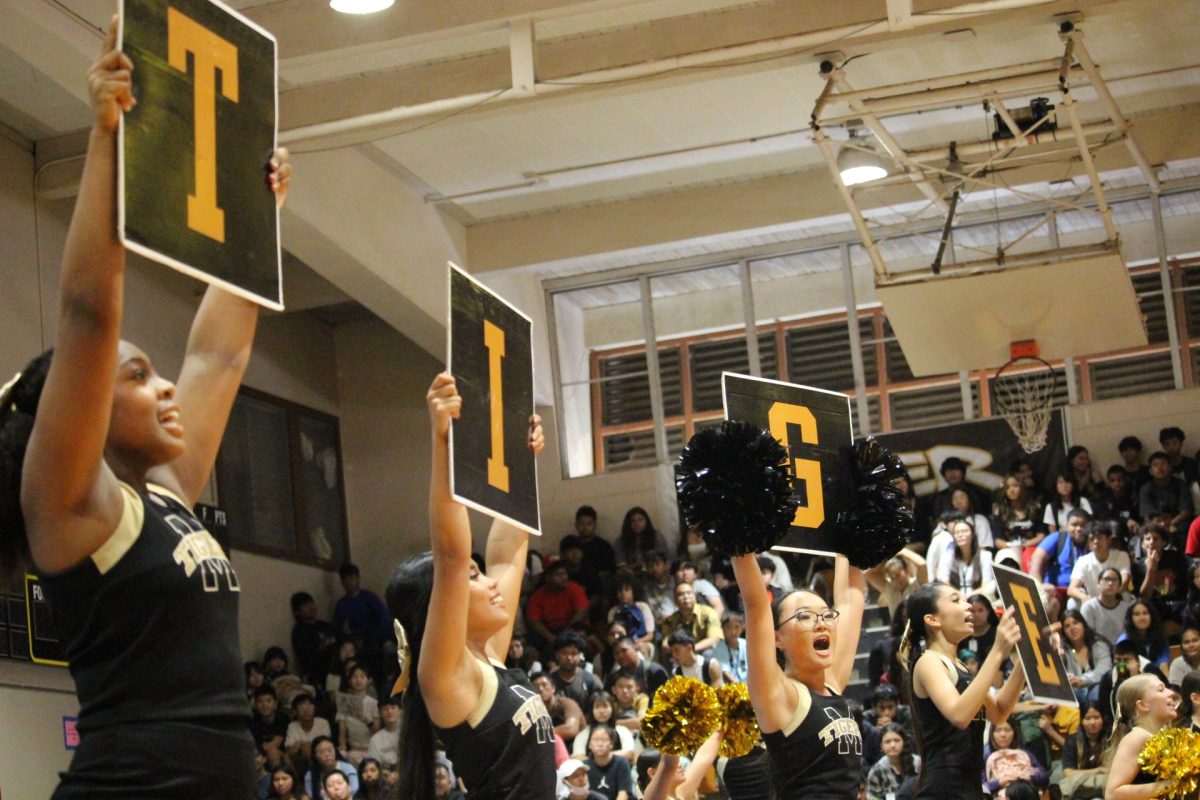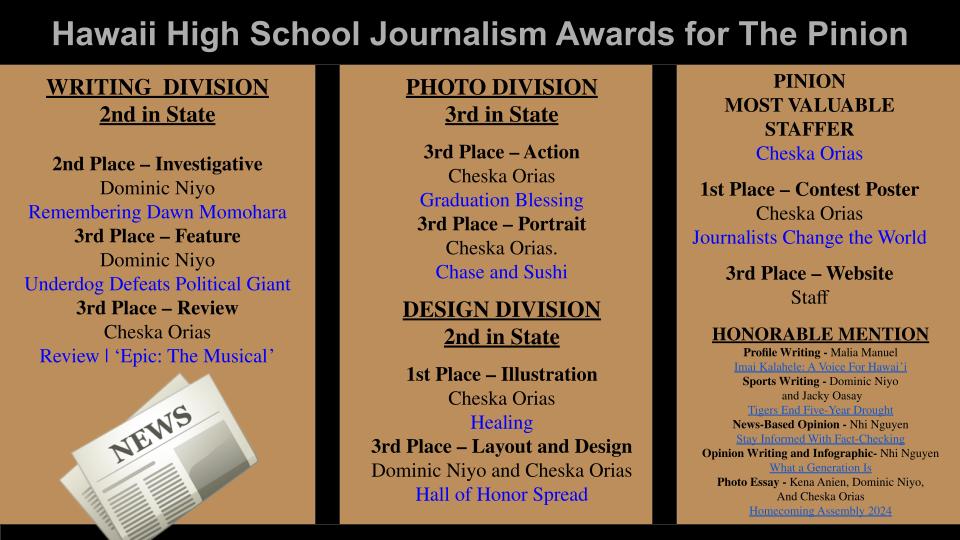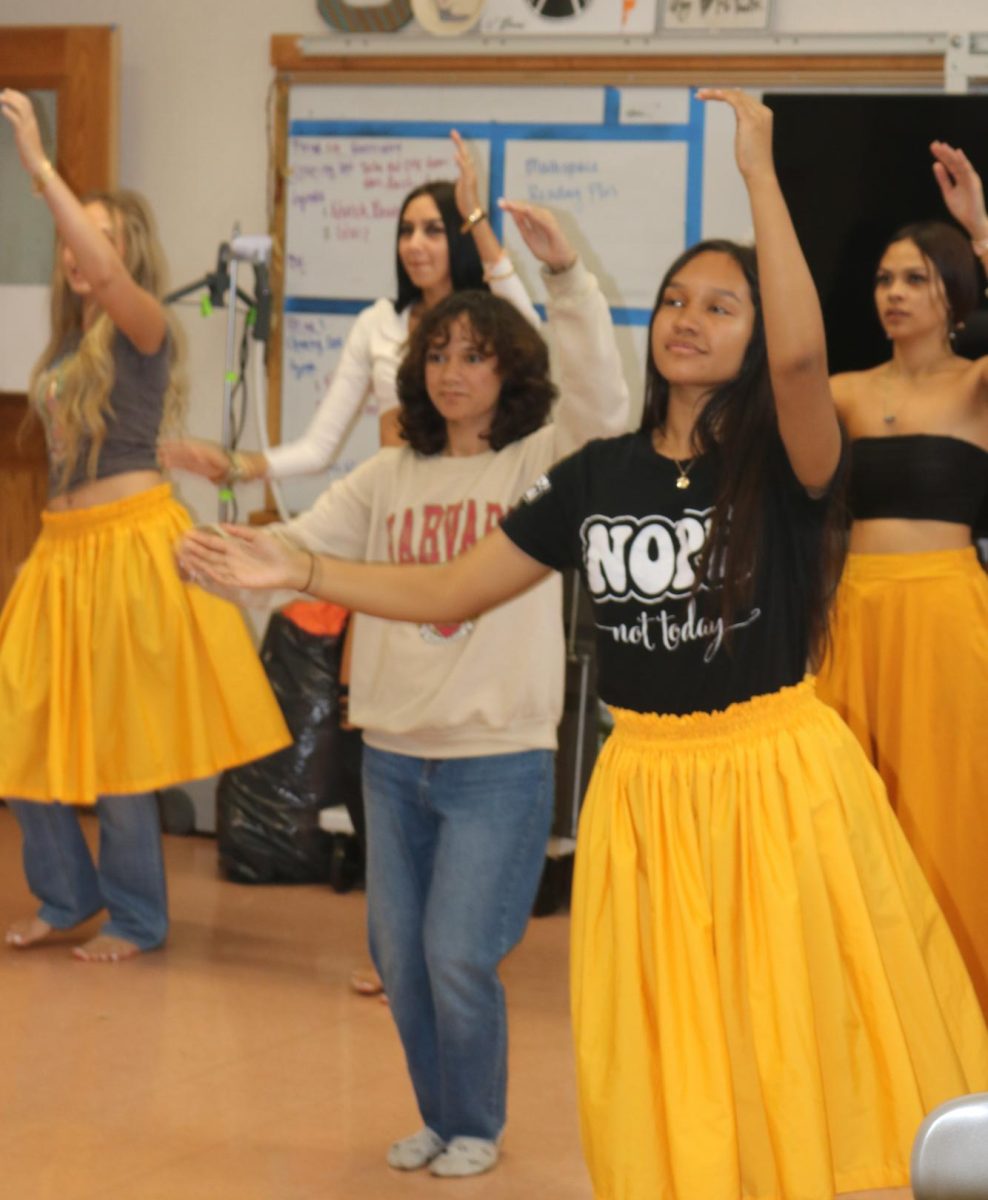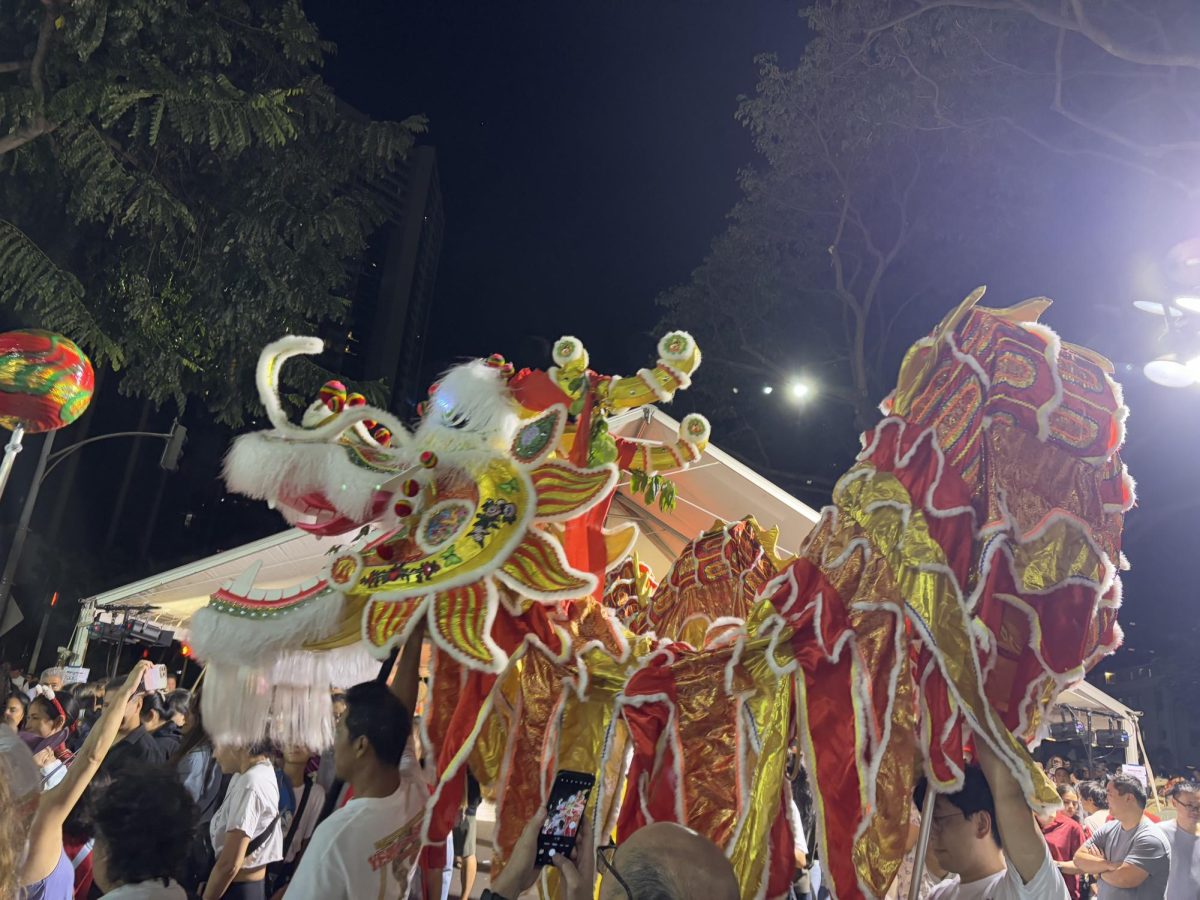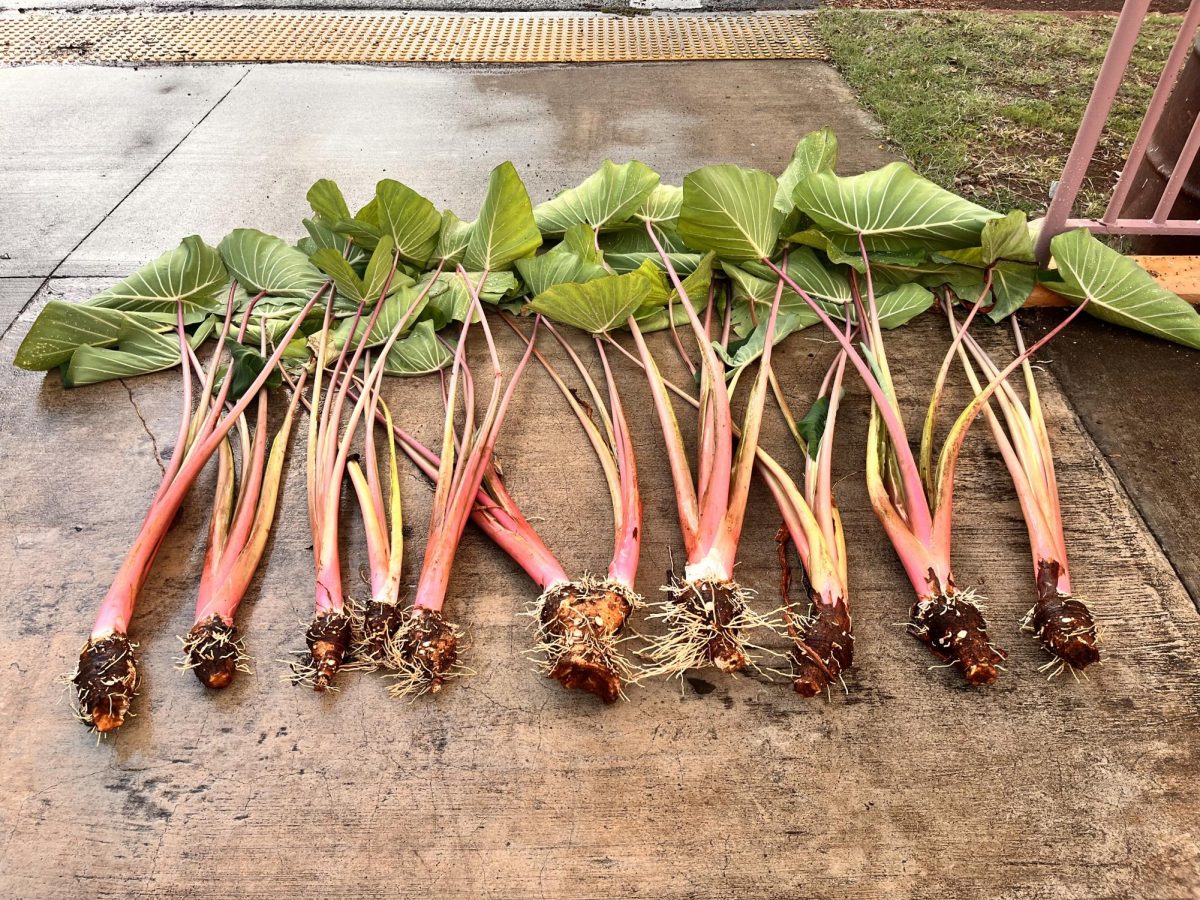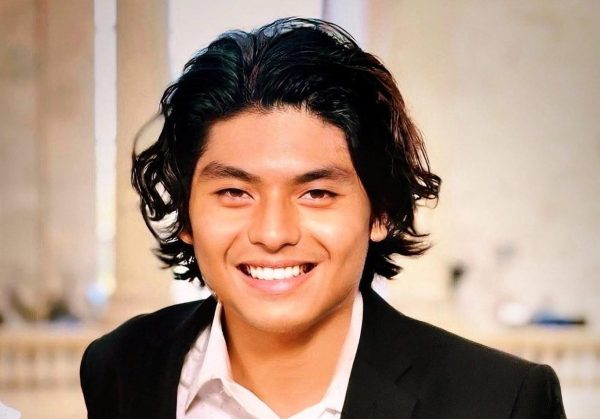In an effort to combat Hawaii’s ongoing blood shortage, Health Academy students at McKinley High School partnered with the Blood Bank of Hawaii to host a blood drive at the school library on Nov. 13, attracting numerous donors and volunteers.
Hawaii’s geographic isolation, compounded by the pandemic’s impact on donor turnout, has led to a severe shortage of O-negative blood. The Blood Bank of Hawaii reported that their supply has dropped from a three-day reserve to as little as one day, straining hospitals and emergency services. Traci Takehara, Donor Recruitment Account Manager for the BBH, emphasized the critical need for donations.
“The demand has outpaced donations in recent years, and patients may be delayed from receiving necessary medical procedures,” Takehara said.
Since 2016, two blood drives have been held each year at MHS—one in the fall and one in the spring—to address Hawaii’s critical blood shortage. This year’s drive aimed for 40 donors, a target set by the Blood Bank and local hospitals to meet the community’s urgent needs. The drive exceeded expectations, with 48 participants, including 30 first-time donors.
“We began planning the event a year in advance, with student ambassadors leading the recruitment efforts and Health Academy students assisting donors on the day of the drive,” said Health Science teacher and blood drive coordinator Tiffany Miyashiro. “This event wouldn’t have been a success without community support.”
After receiving training from the Blood Bank of Hawaii, Health Academy students and blood drive ambassadors Ashley Kim and Shirly Yang (c/o 2025) were responsible for planning, recruiting, and organizing the blood drive. Both coordinated appointment scheduling, managed donor flow throughout the day, and oversaw donor care, including providing refreshments and support. Motivated by their desire to address Hawaii’s critical blood shortage, they both aimed to make a meaningful impact on the community.
“For our recruitment, we visited 20/20 [advisory] classes almost every single day and explained the urgent need for blood donations,” Yang said. “We emphasized that donating blood is not just about giving; it’s about making a real difference in people’s lives, especially during times of critical need.”
Culinary arts teacher Brian Yamagata’s students prepared food for the event, working closely with the Health Academy to create a valuable learning experience for both groups. They selected a Thanksgiving-themed menu, featuring turkey salad sandwiches with cranberry and pumpkin butter mochi for dessert, to serve the blood donors.
“This was an excellent opportunity for my students to practice big batch cooking and catering while supporting an event that directly helps save lives,” Yamagata said.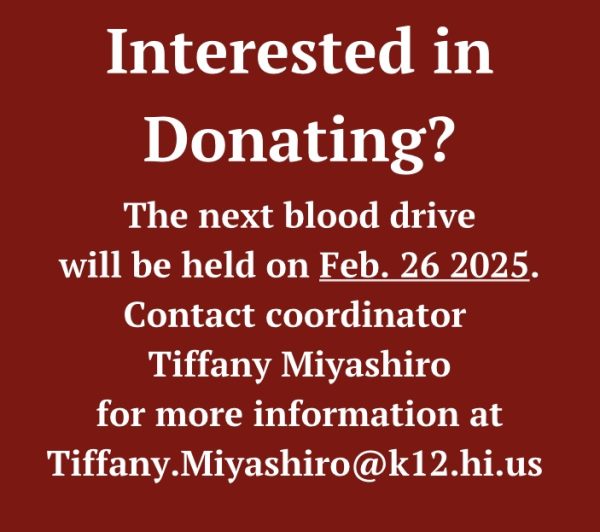
According to the Blood Bank, each pint of blood can save up to three lives. The donations gathered at this event have the potential to save 144 lives. Once collected and deemed safe, the blood will be distributed immediately.
“Since the donors have the privilege of being healthy, I think their decision to donate really reflects their character,” Yang said.
Dwen Raganit (c/o 2025), a Health Academy student and a second-time donor, decided to donate blood after learning about the urgent need from the BBH. Although initially anxious, he was moved by the statistics and stories of those in need and felt compelled to contribute. Raganit encourages fellow students not to be nervous and to seize the opportunity to make a difference.
“It’s just a small pinch, and it’s over before you know it,” Raganit said.
Math teacher William McNabb, a multiple-time donor, also decided to donate blood, motivated by the impact his donation could have. He recognized the life-saving potential of blood donations and wanted to set an example for his students.
“Every donation can help save lives,” McNabb said. “Being a donor is the closest you can be to a real-life superhero.”




